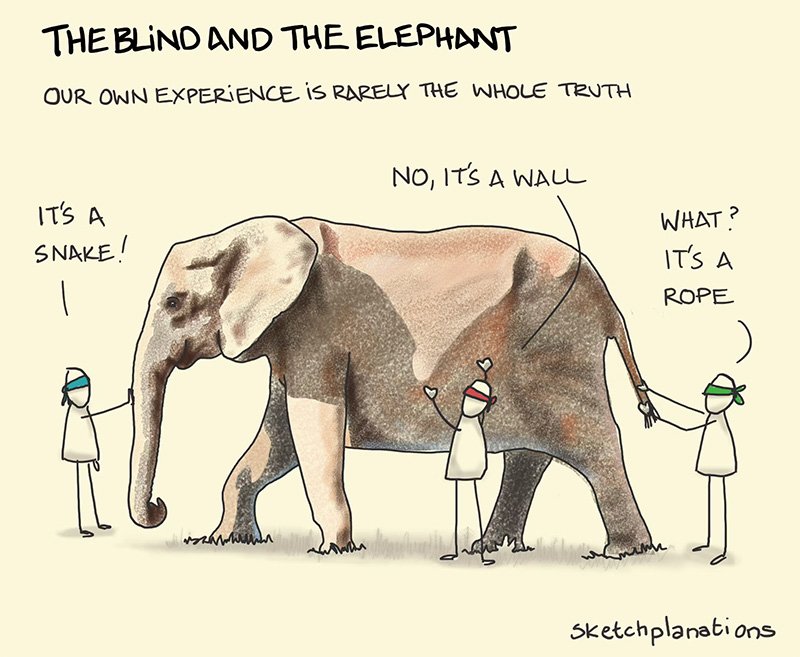The Problem with Expertise 🧐 (+your help with a research study)
When it comes to breakthrough innovation, expertise has a big problem. 🧐
I’ll tell you why, but first, I need your help – I’m conducting a national study of recurring giving programs in the nonprofit sector.
Do you know of a charity that should participate in the sustainer study? You can nominate them here.
I'll share more about the study in a minute, but let me tell you why we are conducting it and why expertise can be a barrier to innovation…
I regularly speak and write about myths of innovation – beliefs that leaders have about the nature and practice of innovation that hold them and their organizations back.
One of these myths is that innovation comes from the experts.
Myth: Innovation comes from the experts.
Expertise is often considered a precursor to innovation. Shouldn’t the most innovative ideas come from the people with the most expertise in that field? After all, they have a deep and nuanced understanding of how their field works.
The problem with expertise is that the more expert you or I become in any given domain, the more we accumulate knowledge of what works and what doesn’t. This deep expertise deservedly leads to a high level of confidence. But at the same time, it leads to narrowing one's perspective and being less open to new and fresh (read: unproven and unconventional) approaches.
In other words, if you are holding a hammer, everything starts to look like a nail.
Above: The problem with expertise is that the more expert one is in any domain, the more narrow one’s perception of reality. That includes you and I. Our deep expertise becomes the answer to every problem. They become a hammer, looking for nails. (Photo by Anne Nygård on Unsplash)
The truth is that breakthrough innovation is most often needed with the most intractable, difficult problems to solve. It is needed because conventional expertise has not worked. In situations like this, traditional expertise can hold us back.
When we need breakthrough innovation, we need to cultivate what I call an Outside Mindset. Seek outside perspectives. Read widely. Develop diverse relationships with people outside of your world. Pay attention to trends. Be intentional about learning from others.
Looking at ancient history, one of the best examples of this was Leonardo Da Vinci. In his biography of Da Vinci, Walter Isaacson writes:
In addition to his instinct for discerning patterns across disciplines, Leonardo honed two other traits that aided his scientific pursuits: an omnivorous curiosity, which bordered on the fanatical, and an acute power of observation, which was eerily intense. Like much with Leonardo, these were interconnected.
– Walter Isaacson, Leonardo Da Vinci
In other words, Da Vinci combined a keen sense of observation with a powerful imagination. He was curious about many things. He went beyond just being curious. He paid attention. But he didn’t stop there — he was imaginative in connecting dots.
The truth is that breakthrough innovation requires cultivating an Outside Mindset.
Truth: Innovation requires an Outside Mindset.
A friend of mine, author Michael Simmons, says it this way: we all perceive reality through a metaphorical straw, yet our perspective feels complete.
It reminds me of the old parable about the blind men and the elephant. Each is touching a different part of an elephant, and each assumes his experience of the elephant is experiencing the totality of what it means to experience this thing called an elephant:
Above: The totality of our experience and expertise is one small window – a perspective on reality. (Image credit: Sketchplanations)
This should drive us to humility and curiosity, Michael argues:
Humility: What we experience in any situation is one trillionth of what could be experienced.
Curiosity: We can understand much more than we currently do as individuals and as a species with the right effort.
Einstein had a sense of the reality that we perceive the world around us only imperfectly. He said this about perceiving and understanding nature:
What I see in Nature is a magnificent structure that we can comprehend only very imperfectly, and that must fill a thinking person with a feeling of humility.
— Albert Einstein
As one of the greatest minds in human history, Einstein was driven to humility. We could learn something from this attitude!
💡 Takeaway: Expertise can lead us to narrow our perception of what works and what doesn’t. That’s exactly why we need to actively seek to understand the world around us and constantly learn.
And so, I’m curious. One of the things I value most is learning from other sectors and seeing what we can apply to our world.
This is why I need your help.
Nominations for a National Sustainer Study
We’re looking for the best recurring giving programs around the country – large and small – and bringing together the findings and trends to help charity leaders nationwide.
Think of the study as a Jim Collins-esque, Good to Great-style mission to uncover what we can learn from the best monthly giving programs – practical insights that nonprofit leaders can use to build better recurring giving programs.
We already have over a dozen organizations participating, including some of the most prominent charities raising hundreds of millions in recurring giving today.
What organizations and programs should I be looking at? Do you know anyone in the following sectors doing exciting things with recurring giving?
Here are the nine types of nonprofit organizations we’re looking at:
Arts, Culture, and Humanities
Education
Environment and Animals
Health
Human Services
International, Foreign Affairs
Public, Society Benefit (e.g., rights, advocacy, policy, etc.)
Faith-Based/Religion-Related
Membership Benefit (e.g., associations, membership organizations, societies)
If one or more organizations come to mind (or you think your nonprofit would be a good candidate), hit reply or fill out this form to let me know.
Nominations Needed: National Sustainer Study
Participants will receive several benefits.
Benefits for Sustainer Study Participants
The study is being conducted at no cost to participants. We simply ask that they participate in a qualitative interview and provide a limited set of quantitative benchmark metrics – both are confidential and will be anonymized and aggregated in the final output.
Benefits for participating include an early summary of the findings, private webinars for participants with early insights, and the satisfaction of contributing to helping the broader world of philanthropy.
Last thing – we have a short list of organizations that we hope will participate. I wonder if you know anyone at one of these charities?
Wishlist: Know any of these Organizations?
We have several charities on a short wishlist for the sustainer study.
These organizations have been named repeatedly in our research on recurring giving programs, and we’d love to connect with them.
Do you know anyone at one of these charities?
ASPCA
CARE
Doctors Without Borders
International Rescue Committee (IRC)
Save the Children
Shriners Hospitals for Children
St. Jude Children’s Research Hospital
To Write Love on Her Arms
If you know people at one of these organizations and would be willing to make an introduction, would you contact me and let me know?
My hope is that this study will help many leaders avoid the trap of expertise by learning from many types of charities.
I invest hundreds of hours each year so we can serve our clients and you with insights into how to grow your leadership and your organization. This study is a central part of that effort. Thank you in advance for your help!
Until next week… Surfs Up! 🌊
- Dave
About the Author | Dave Raley
Consultant, speaker, and writer Dave Raley is the founder of Imago Consulting, a firm that helps non-profits and businesses create profitable growth through sustainable innovation. He’s the author of a weekly trendspotting report called The Wave Report, and the co-founder of the Purpose & Profit Podcast — a show about the ideas at the intersection of nonprofit causes and for-profit brands.
Want to receive insights like this weekly?
Every Friday, we send out The Wave Report, highlighting one trend or insight “wave,” from donor and consumer trends to innovation in different industries or new models for growth.
Subscribe today to receive free weekly insights in your inbox here:


